LEGO has pioneered many types of building blocks over the decades, and today we'll explore one of their most innovative systems: the LEGO Power Functions (PF) components under the LEGO Technic series. This comprehensive guide will serve as essential knowledge for newcomers entering this exciting world of motorized LEGO building.
What Does PF Stand For?
The "PF" in LEGO PF Motor Kit stands for Power Functions, which translates to electrical power functionality. Power Functions represents a complete electrical component system within the LEGO Technic series, designed to provide power and control to LEGO models. This sophisticated system includes motors, battery boxes, remote controllers, infrared receivers, and various other components that enable models to achieve movement, rotation, and complex mechanical functions.
LEGO Power Functions essentially transforms static LEGO builds into dynamic, controllable machines that can perform real-world tasks and movements. The PF designation has become synonymous with advanced LEGO building, representing the bridge between traditional construction toys and serious mechanical engineering.
The Evolution of LEGO Technic Technology
LEGO's journey into technical building began as early as 1977 with the initial exploration of the Technic series. The evolution from basic Technic bricks to sophisticated Technic beams marked a significant advancement in model precision, transmission structures, and realistic appearance. However, the true revolution came in 2007 when LEGO released the PF series of motors, battery boxes, and remote controllers. This launch marked the beginning of LEGO's entry into the era of electric remote control, fundamentally changing how builders approached motorized models.
The Significance of Power Functions
The introduction of Power Functions represented more than just adding motors to LEGO sets. It created an entire ecosystem of compatible electrical components that could be integrated seamlessly with existing LEGO Technic elements. This system enabled builders to create models with multiple motors, sophisticated control systems, and complex mechanical behaviors that were previously impossible with traditional LEGO components.
Why Power Functions Are Important

Bridging Play and Engineering
Power Functions serve as a crucial bridge between recreational building and serious engineering education. The system introduces builders to fundamental concepts of electrical circuits, motor control, mechanical advantage, and system integration. These concepts form the foundation of modern engineering disciplines and provide valuable hands-on learning experiences for kids.

Enabling Complex Automation
From simple forward and reverse motion to complex multi-motor coordination, Power Functions allow for the creation of models that can perform intricate tasks and movements. This capability has made LEGO Technic models popular not only among hobbyists but also in educational settings where they serve as platforms for learning robotics and automation principles.

Expanding Creative Possibilities
By providing reliable, standardized electrical components, PF expand the creative possibilities for LEGO builders exponentially. Models can now incorporate realistic vehicle movements, industrial machinery operations, and even robotic behaviors. This expansion has led to an entire AFOL community of advanced builders who create increasingly sophisticated and realistic models.
Power Systems: Battery Box Options
LEGO battery boxes include AA battery box, AA battery box, lithium battery box and Bluetooth battery box, etc. Each designed for different applications and performance requirements.
AA Battery Box (5-Cell)
The AA battery box represents the heavy-duty power option in the PF lineup. This rectangular, elongated battery box is substantial in both size and weight, featuring mounting holes on both sides and around the switch area for secure integration with Technic beams and axles.
Key Features
- Requires six AA batteries (yes, six batteries for maximum power output)
- Substantial power capacity for demanding applications
- Multiple mounting options for secure chassis integration
- Robust construction suitable for heavy-duty models
Recommended Use: This battery box is ideal for large models requiring sustained high power output, such as heavy vehicles, industrial machinery replicas, or models with multiple motors operating simultaneously.
AAA Battery Box (7-Cell)
The AAA battery box offers a more compact alternative while maintaining good power output. Its rectangular form factor with a smaller footprint makes it ideal for models where space and weight are critical considerations.
Key Features
- Requires six AAA batteries
- Compact rectangular design with minimal footprint
- Lightweight construction for better weight distribution
- Top studs and bottom compatibility with Technic bricks
- Easy integration with both Technic and basic LEGO elements
Recommended Use: Perfect for smaller models, racing vehicles, or applications where weight distribution is critical for performance.
Lithium Battery Box
LEGO has also produced lithium battery options. These rechargeable units were typically found in specialized sets, such as certain train sets from around 2006.
Key Features:
- Rechargeable lithium technology
- Approximately 88 grams in weight
- Size comparable to AAA battery box
- Variable speed control capabilities
- Higher energy density than alkaline batteries
These lithium batteries were primarily included in premium lego train motor set. Shop Now
Learn More Lego Trains
Remote Control Systems: Command and Control
V1 Infrared Remote Control System
The V1 infrared system provide reliable wireless control for motorized models for PF remote control technology. The V1 receiver serves as the communication hub between the remote controller and the motors. The V1 remote controller provides intuitive control over motorized models with its ergonomic design and reliable operation.
V1 Infrared Receiver
Key Features:
- No battery required (powered by the battery box)
- Black infrared reception area for signal detection
- Two connection points marked with red and blue indicators
- Four-channel frequency selection via yellow button
- Bottom mounting compatibility with LEGO studs
- Compatibility with all PF motor types
Technical Specifications:
- Infrared communication protocol
- Four selectable frequency channels
- Direct motor control capability
- Compact form factor for easy integration
V1 Infrared Remote Controller
Key Features:
- Requires three AAA batteries
- Black infrared transmission area
- Two control joysticks marked with red and blue indicators
- Vertical movement control (up/down operation)
- Central frequency channel selection button
- Direction toggle switches below each joystick
- Side mounting holes for integration with models
- Bottom stud compatibility
Control Capabilities:
- Binary speed control (on/off operation)
- Direction control via toggle switches
- Four frequency channels for multiple model operation
- Reliable infrared transmission range
V2 Remote Control System
The V2 system represents an evolution of the basic V1 system, offering enhanced control capabilities.
V2 Receiver Limitations
While the V2 receiver offers certain advantages, it has specific compatibility limitations:
Compatibility Notes:
- Cannot control M-motors (medium motors)
- Enhanced performance with servo motors and L-motors
- Improved signal processing for compatible motors
- Similar physical specifications to V1 receiver
V2 Remote Controller Advantages
The V2 remote controller introduces variable speed control, a significant advancement over the binary control of the V1 system.
Enhanced Features:
- Seven-speed adjustment capability
- More precise motor control
- Improved user interface
- Premium pricing reflects advanced capabilities (approximately $35 reference price)
Advanced PF Components and Systems
Specialized Control Systems: Speed Control Controllers
Beyond the basic remote control systems, LEGO has developed various specialized controllers for specific applications.
Applications
- Precise speed control for vehicles
- Industrial machinery simulation
- Educational demonstrations of motor control principles
- Professional model building applications
Lego dedicated speed control units offer precise motor speed adjustment capabilities. These controllers bridge the gap between basic on/off control and sophisticated variable speed operation. Shop Now
Extended PF Ecosystem: Modern Additions

EV3 Remote Control Module
Integration with LEGO Mindstorms EV3 system for advanced programming and control capabilities.

Bluetooth Modules
Wireless connectivity for smartphone and tablet control, representing the evolution toward smart device integration.

BOOST Modules
Consumer-friendly introduction to programmable LEGO building with simplified programming interfaces.
Historical Components
Legacy Infrared and Antenna Systems: Early wireless control systems that preceded the modern PF infrared technology.
Wired Control Panels: Physical control panels with switches and dials for direct motor control.
9V Track Operation Systems: Specialized systems for controlling LEGO train layouts with multiple locomotives and accessories.
Motor Types and Applications: Motor Variety

Medium Motors (M-Motors)
Medium motors offer a balance between size and performance, ideal for auxiliary functions.
- Compact size for tight installations
- Moderate torque output
- Perfect for steering, lifting, and accessory functions
- V1 system compatibility (limited V2 compatibility)

Large Motors (L-Motors)
Large motors provide high torque and robust performance for demanding applications.
- High torque output & fast speed
- Suitable for heavy loads
- Best choice in some medium and large models
- Excellent for drivetrain applications
- Compatible with both V1 and V2 systems

Servo Motors
Servo motors provide precise positioning control for applications requiring accurate movement.
- Position feedback capability
- Precise angular control
- Ideal for steering systems and articulated mechanisms
- Enhanced performance with V2 systems
Integration and Building Techniques
Mechanical Integration
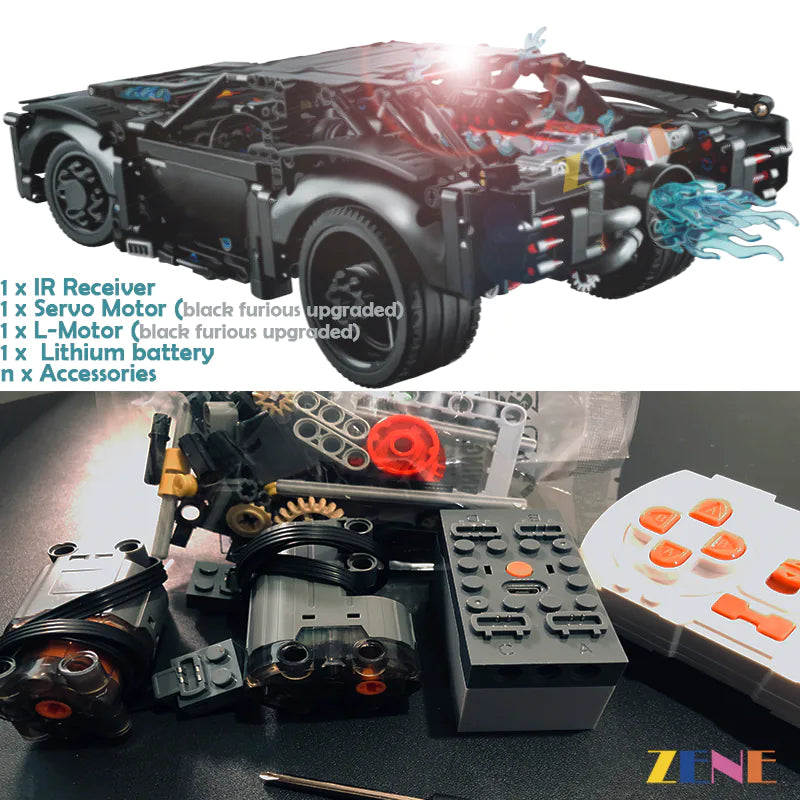
Structural Considerations
Load Distribution: Proper distribution of electrical component weight within the model structure to maintain balance and stability.
Vibration Management: Securing components to minimize vibration and ensure reliable electrical connections.
Accessibility: Positioning components for easy access during operation and maintenance.
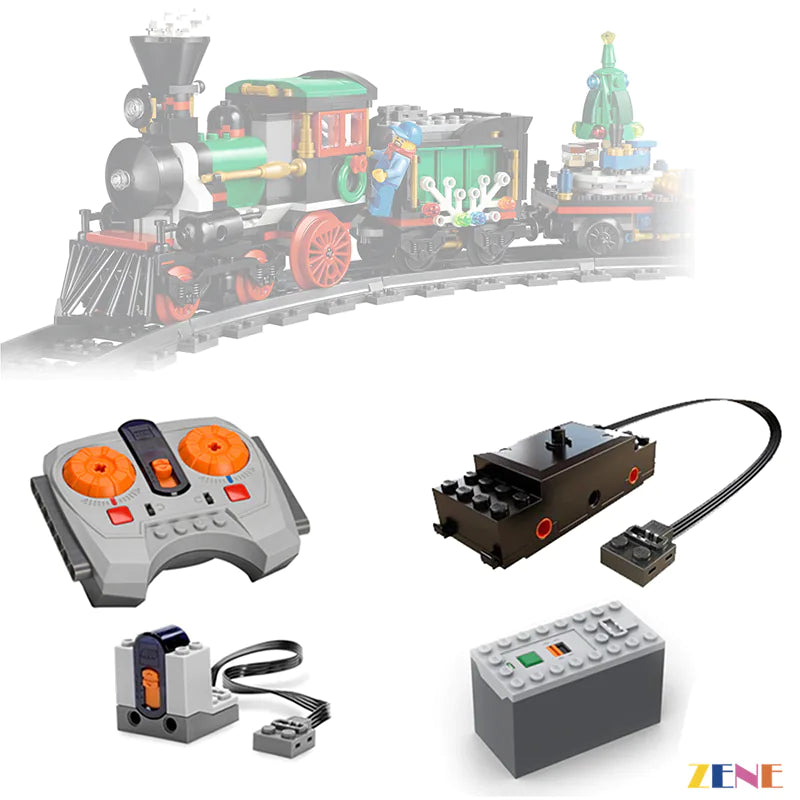
Electrical System Design
Power Distribution: Efficient routing of power from battery boxes to motors while minimizing voltage drop.
Signal Routing: Proper placement of receivers to ensure reliable remote control signal reception.
Interference Prevention: Avoiding electromagnetic interference between components and ensuring clean signal transmission.
Advanced Building Strategies
Multi-Motor Coordination
Synchronized Operation: Techniques for coordinating multiple motors to achieve complex movements and behaviors.
Load Balancing: Distributing mechanical loads among multiple motors to prevent overloading and ensure smooth operation.
System Redundancy: Implementing backup systems for critical functions in complex models.
STEM Education Integration
Power Functions serve as an excellent introduction to Science, Technology, Engineering, and Mathematics concepts.
Engineering Principles
Mechanical Advantage: Understanding gear ratios, leverage, and force multiplication through hands-on experimentation.
Electrical Circuits: Learning basic electrical principles through practical application and experimentation.
System Design: Developing skills in complex system integration and troubleshooting.
Programming and Control
Logic Systems: Understanding control logic and decision-making processes in automated systems.
Sensor Integration: Incorporating feedback systems and responsive behaviors in models.
Problem Solving: Developing analytical skills through mechanical and electrical troubleshooting. Shop Now
For newcomers to the world of motorized LEGO building, the PF system offers an accessible entry point into advanced engineering concepts while maintaining the creativity and fun that makes LEGO building so engaging. As technology continues to advance, the Power Functions system will undoubtedly continue evolving, providing even more sophisticated tools for the next generation of LEGO builders and engineers.
The investment in understanding and utilizing Power Functions components pays dividends in expanded creative possibilities, enhanced learning opportunities, and the pure satisfaction of bringing static models to dynamic life. In the world of LEGO building, PF doesn't just stand for Power Functions—it stands for the power to transform imagination into reality.

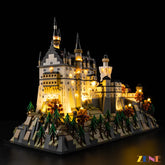

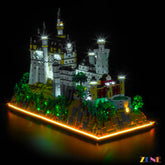











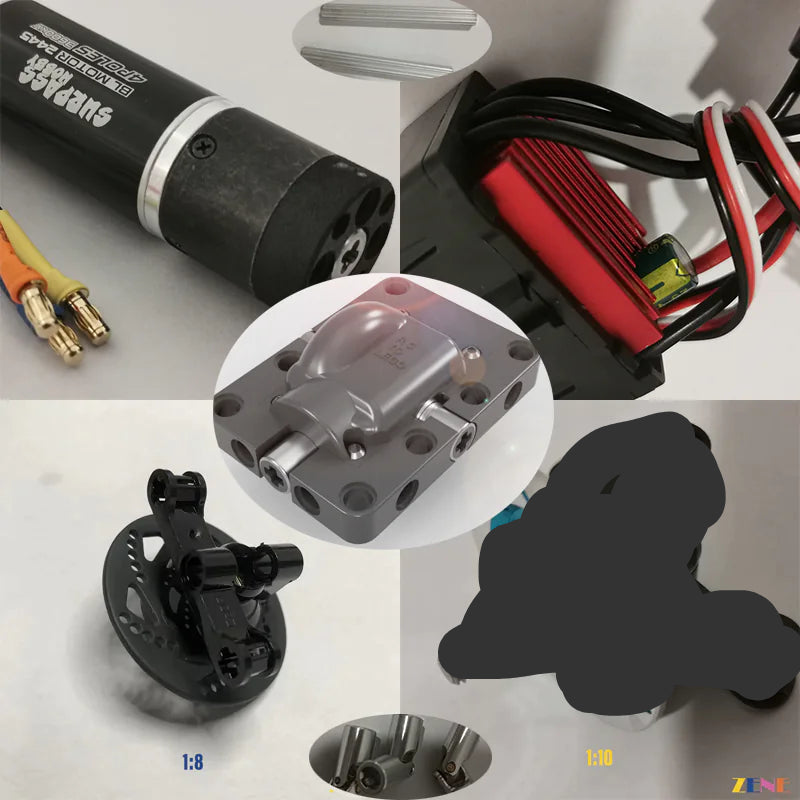












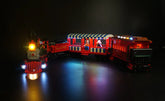



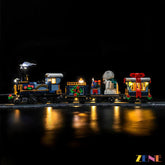



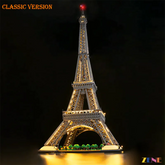

Leave a comment
Please note, comments need to be approved before they are published.